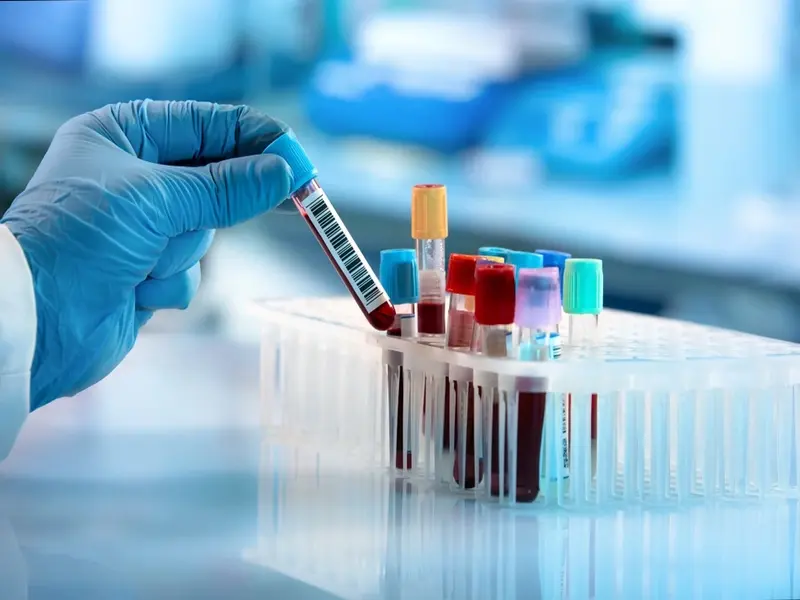The healthcare landscape, particularly in urgent care settings, is rapidly evolving towards a more efficient utilization of resources. A significant aspect of this efficiency is the optimization of laboratory test utilization. Leveraging AI medical coding or automated medical coding technologies, especially in urgent care, has become increasingly important. By analyzing the frequency of various lab tests based on CPT® (Current Procedural Terminology) code mapping, insightful patterns and optimization opportunities emerge.
The data provided offers a comprehensive look at the frequency of specific lab tests across different urgent care facilities, distinctly identified by their CPT® codes. This analysis is rooted in examining over 6 Million Claims, providing a robust and extensive dataset. The frequency is expressed in terms of the median value, complemented by the maximum and minimum values observed for each test. This range of utilization not only highlights prevalent testing patterns but also sheds light on areas where efficiency can be enhanced.
Below is a brief analysis of some notable CPT® codes from the shared data:
